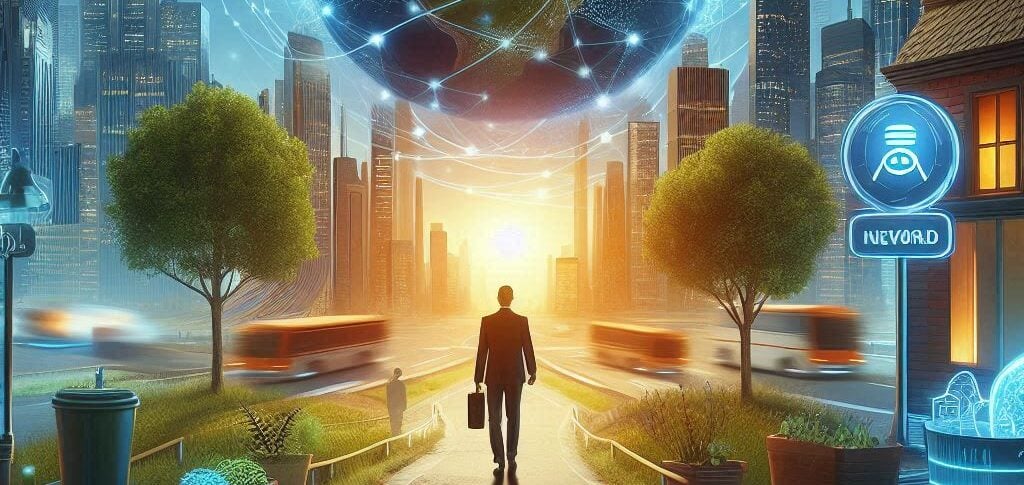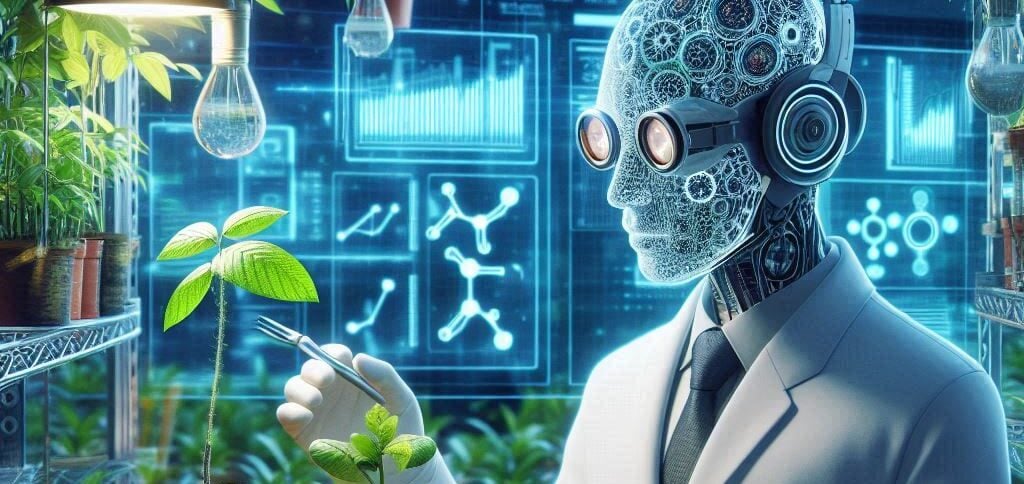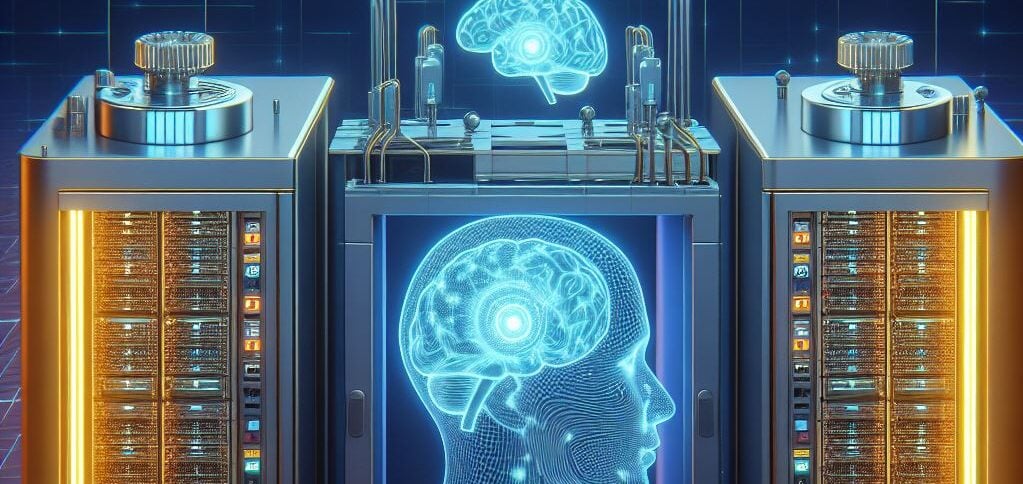A International Union for Conservation of Nature (IUCN) maintains a “Red List”, in which species are classified based on the threat of becoming extinct. Created in 1964, it is the most comprehensive source of information in the world on the conservation status of animal, fungal and plant species.
ADVERTISING
At "Red List”, species are classified into categories: “Least Concern”; “Almost threatened”; "Vulnerable"; "In danger"; “Critically endangered”; “Extinct in the wild”; and, finally, “Extinct”. However, there is still an 8th classification, reserved for species whose lack of information about them prevents a classification, it is called “Data deficient”.
It is estimated that more than 20 species are classified as data deficient – one in every 6 of those recorded by the IUCN. And this information gap canpromehave research that depends and relies on the data provided by the listing.
Thinking about that, a study (*) – published by Biology Communications – used the artificial intelligence to find out how threatened these species really are. Scientists analyzed, through an algorithm, more than 7 thousand species classified as data deficient in the “Red List".
ADVERTISING
What did they discover? Some of them are even more threatened than other better-known species. 😖
Worrying, right? But it is technology at the service of protecting the biodiversity!
(🇬🇧): content in English
(*): Content in other languages translated by Google Tradutor
(🚥): may require registration and/or subscription
Read also





